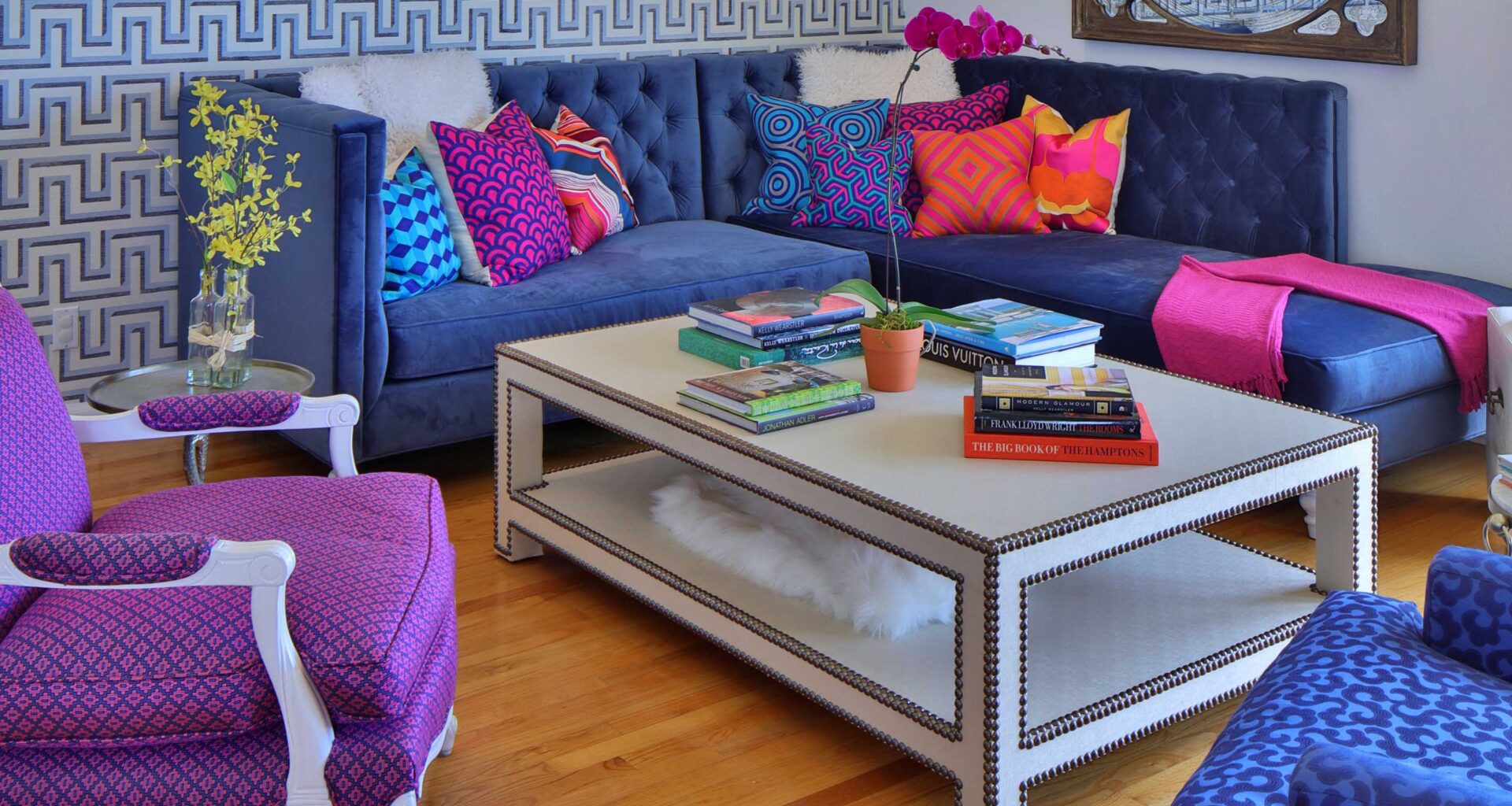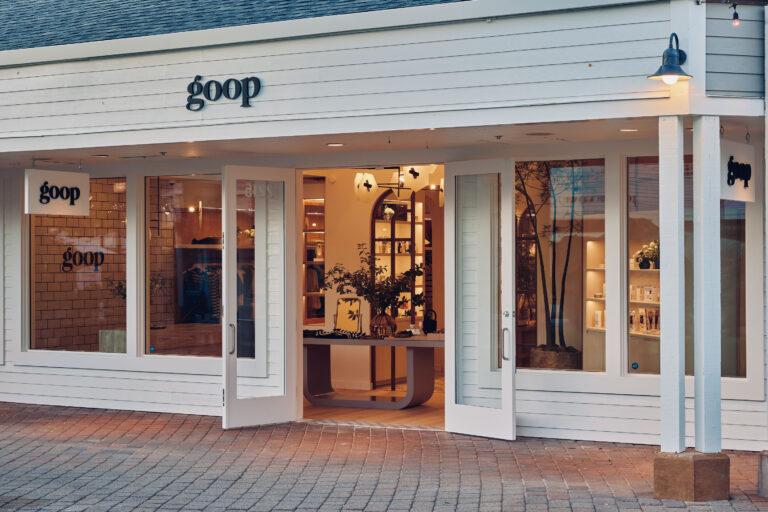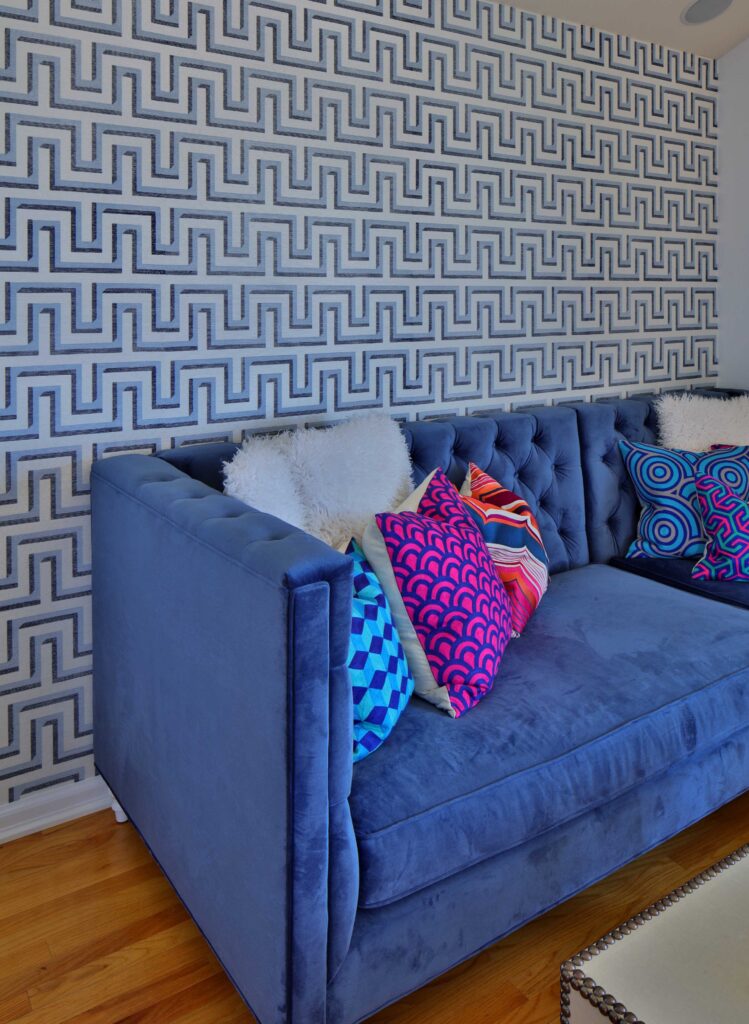
Classic Natural Fiber Wallcoverings and Rugs, Reinvented by Michelle Patterson for Modern Living, Make for Luxuriously Organic Decor
No longer just for traditional or beach cottage homes, these natural elements have slipped neatly into transitional, contemporary and even modern homes.
“Visually, we like seeing texture and layers in rooms. With the rising trend of exposed windows to bring the outside view and elements into a room, the use of drapes, which once added that pop of color or texture to walls, is on the decline,” shares interior designer Michelle Patterson of Jigsaw Design Group in Manhattan Beach.
“Furthermore,” she adds, “using grasscloth, linen, and even cork to cover a wall adds texture to a room and can be done in a subtle way. I tend to see my clients, who want to try wallpaper but are a little afraid of committing to a busy print, feel more comfortable going with a grasscloth or linen type material.”
Topping the list for wallcoverings, grasscloth has quickly become the luxury designer’s go-to product. Typically composed of multiple natural materials like sisal, jute, hemp and arrowroot, these exquisite cloths are arduously created by the weaving together of thin cotton threads and grass strands that are then attached to a lightweight rice paper backing.

The result is unique due to differences in strand thicknesses and color. The complicated production process adds cachet and makes for an expensive product ranging between $75-$350 per roll.
“One of our favorite wallpaper resources is Phillip Jeffries,” says Michelle Patterson of the company’s “new perspectives in the grasscloth segment” along with its creations of “unique finishes and designs.”
The Rivet Collection, for example, has actual rivets patterned into the cloth, and there’s also the Metallic Grasscloth Collection.
“We are also seeing a lot more patterns and textured wallcoverings offered within their Cabana and Basket Weave,” notes Michelle Patterson.
Layering multiple textures in a space completes the au naturel approach, with the earthy natural rug the ideal foundation. Though the sisal rug once dominated this category, it has opened up to include seagrass, jute, abaca, and hemp, among others. Exciting patterns and colors also are being woven into these typically neutral rugs to bring personality and enliven a room.
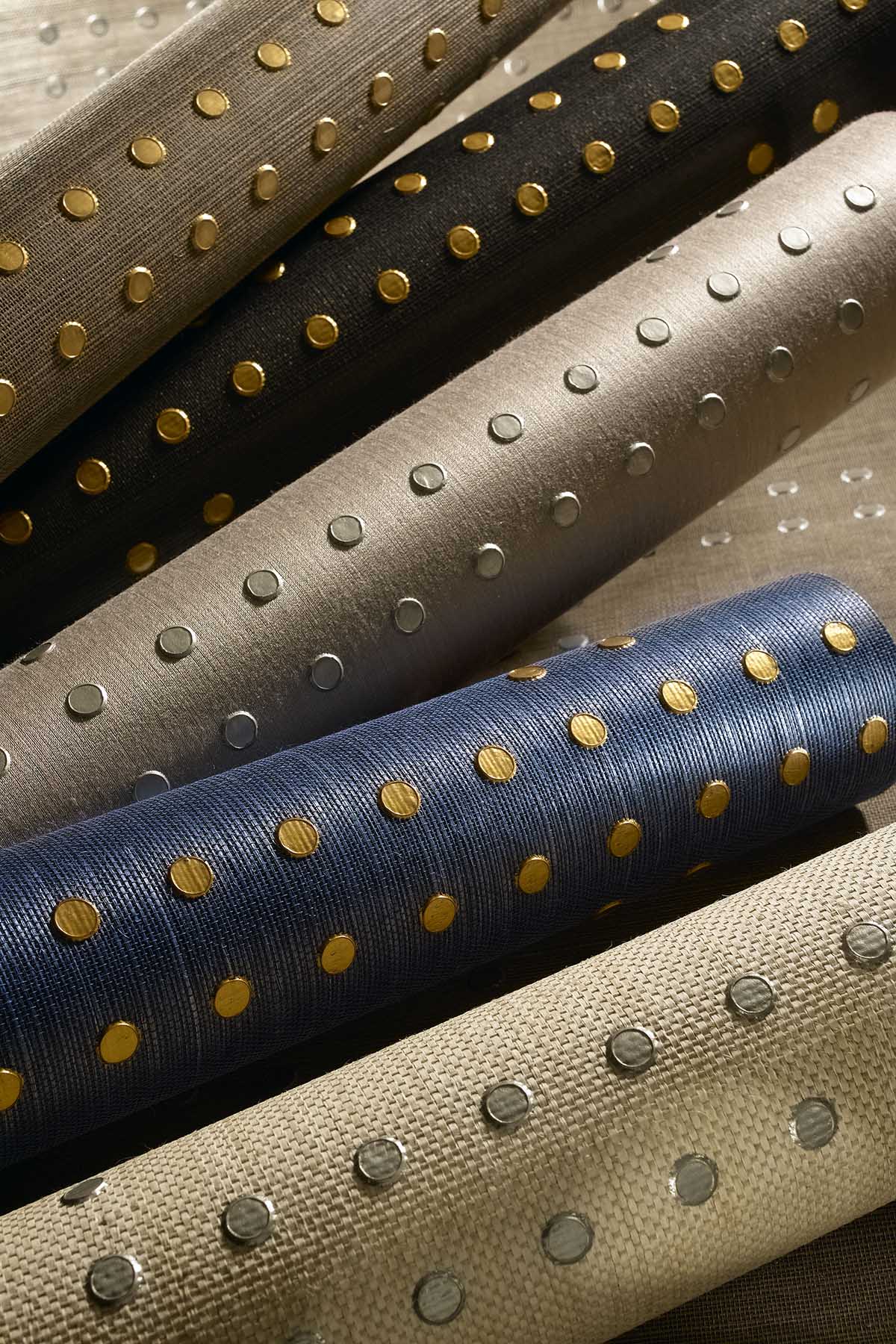
“These go-anywhere rugs add visual interest without overpowering your decor, shares Rebecca Stafford, marketing coordinator for Serena & Lily.
“Woven from organic fibers, they summon the beauty of the outdoors. Other options include our patterned rugs, wool rugs and durable cotton Dhurrie rugs.”
Each rug fiber offers slightly different characteristics. Seagrass, the most stain resistant, is well-suited for areas prone to heavy traffic; jute is softer underfoot can be dyed and woven into interesting patterns. Combining jute with chenille is cozier to the touch and can be found in a variety of patterns for texturing and layering in a space.
Abaca’s hearty fibers are hand-loomed into elegant and naturally durable rugs. Recently, a dynamic collaboration between designer Mary McDonald and Patterson Flynn Martin produced lovely examples of the abaca rug.
“When it comes to our exclusive abaca designs, we love to push the envelope by creating intricate and unique patterns you won’t find anywhere else; handwoven and 100 percent natural, these rugs are an investment worth making,” states Kim Healy, marketing coordinator for Patterson Flynn Martin.
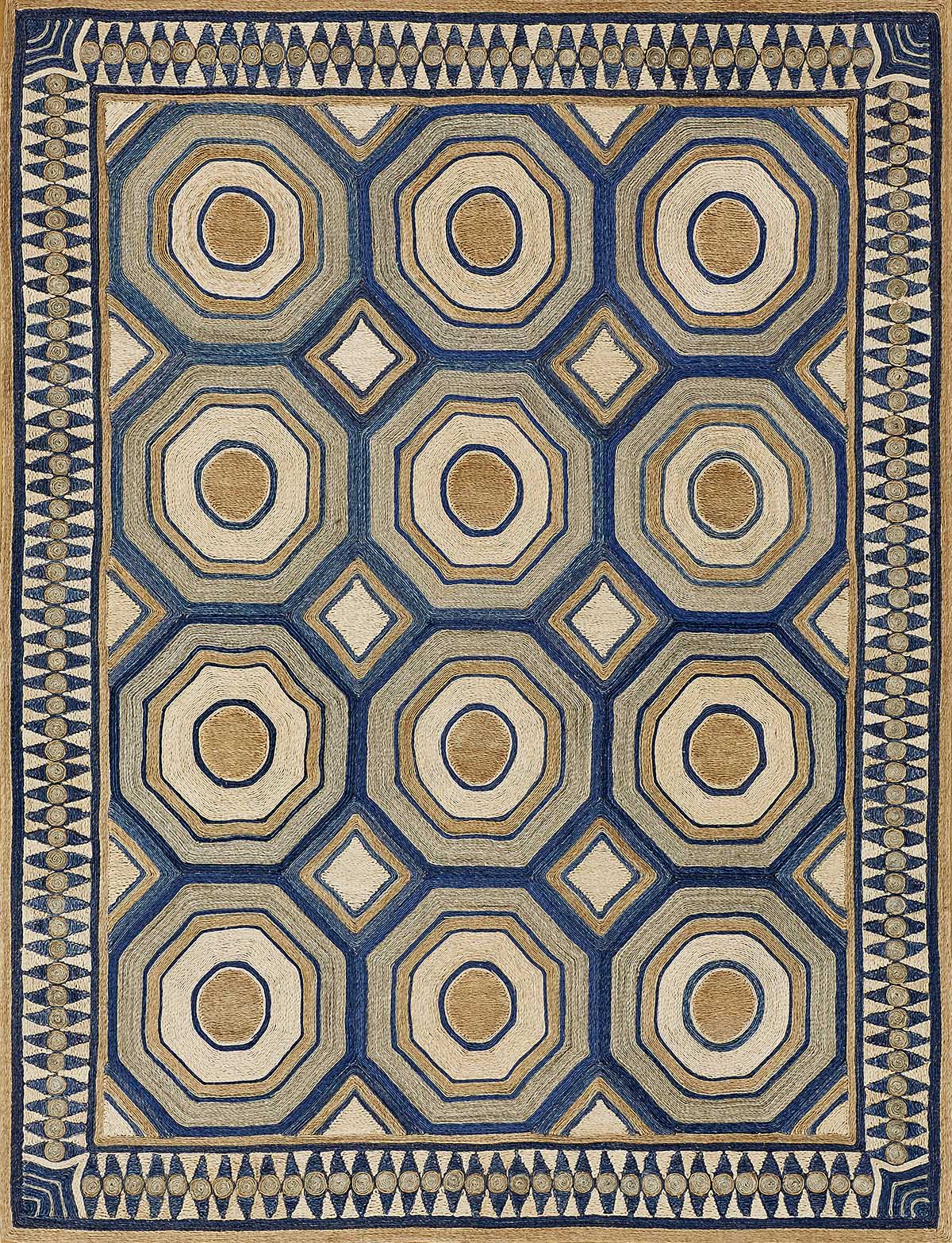
Classic design, coupled with attention to detail, define this graceful collection of large-scale geometrics, all of which set the stage for the well-curated natural home.
In the relaxed Southern California lifestyle home, one can truly appreciate the earthly luxury of a natural surround.
Michelle Patterson | Jigsaw Design Group | jigsawdesigngroup.com
Photos Courtesy of Paul Jonason, Serena & Lily, Phillip Jeffries and Patterson Flynn Martin
